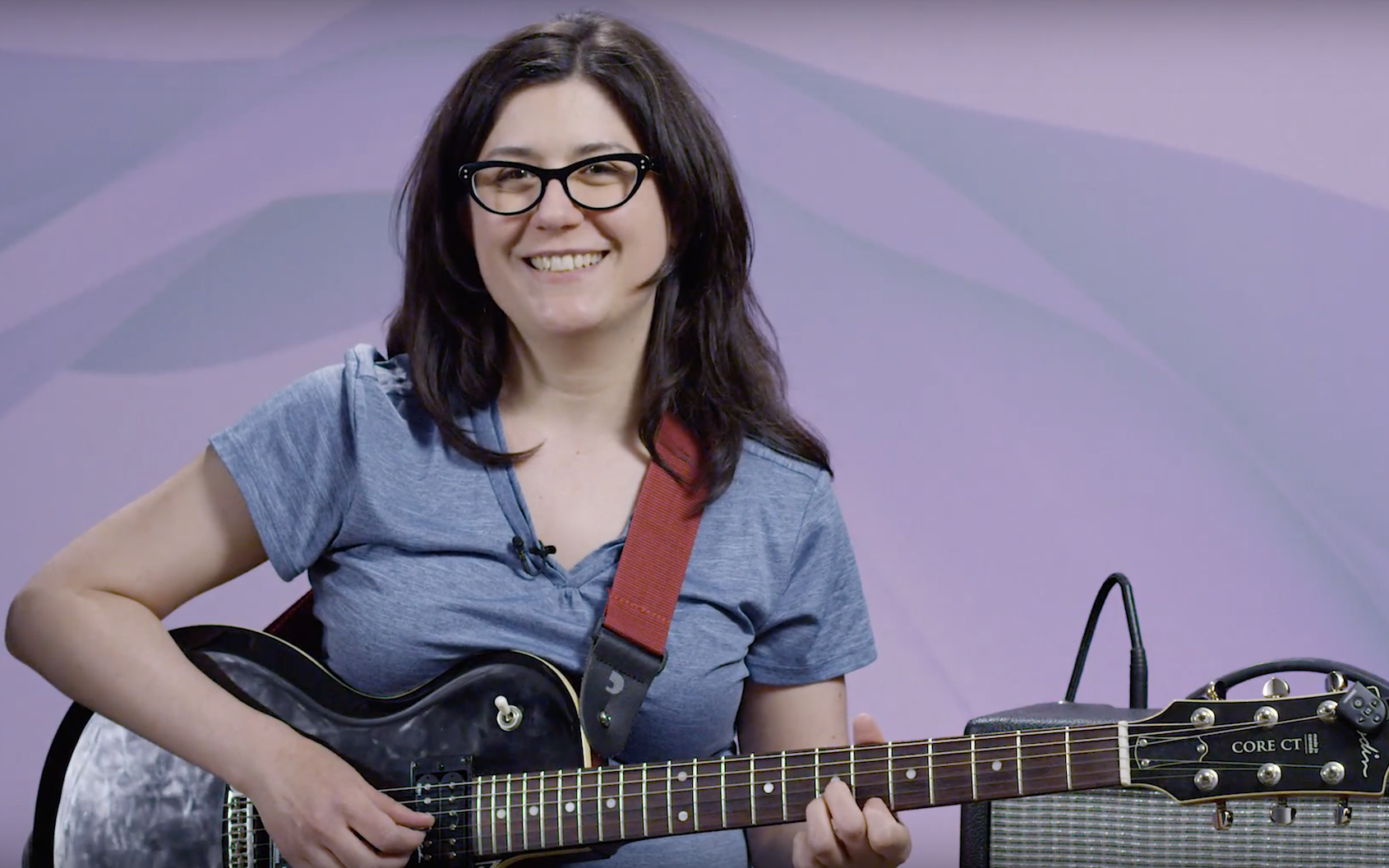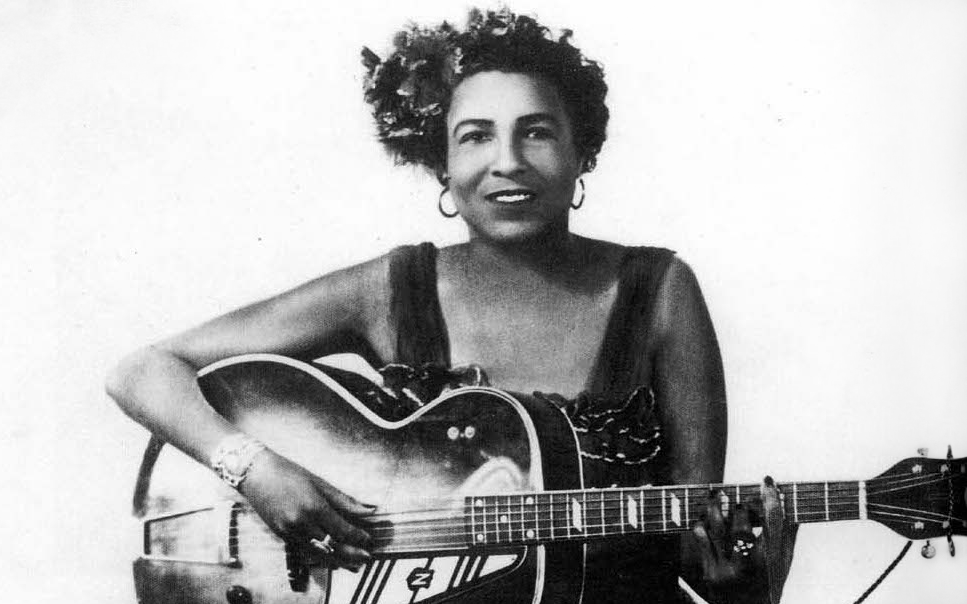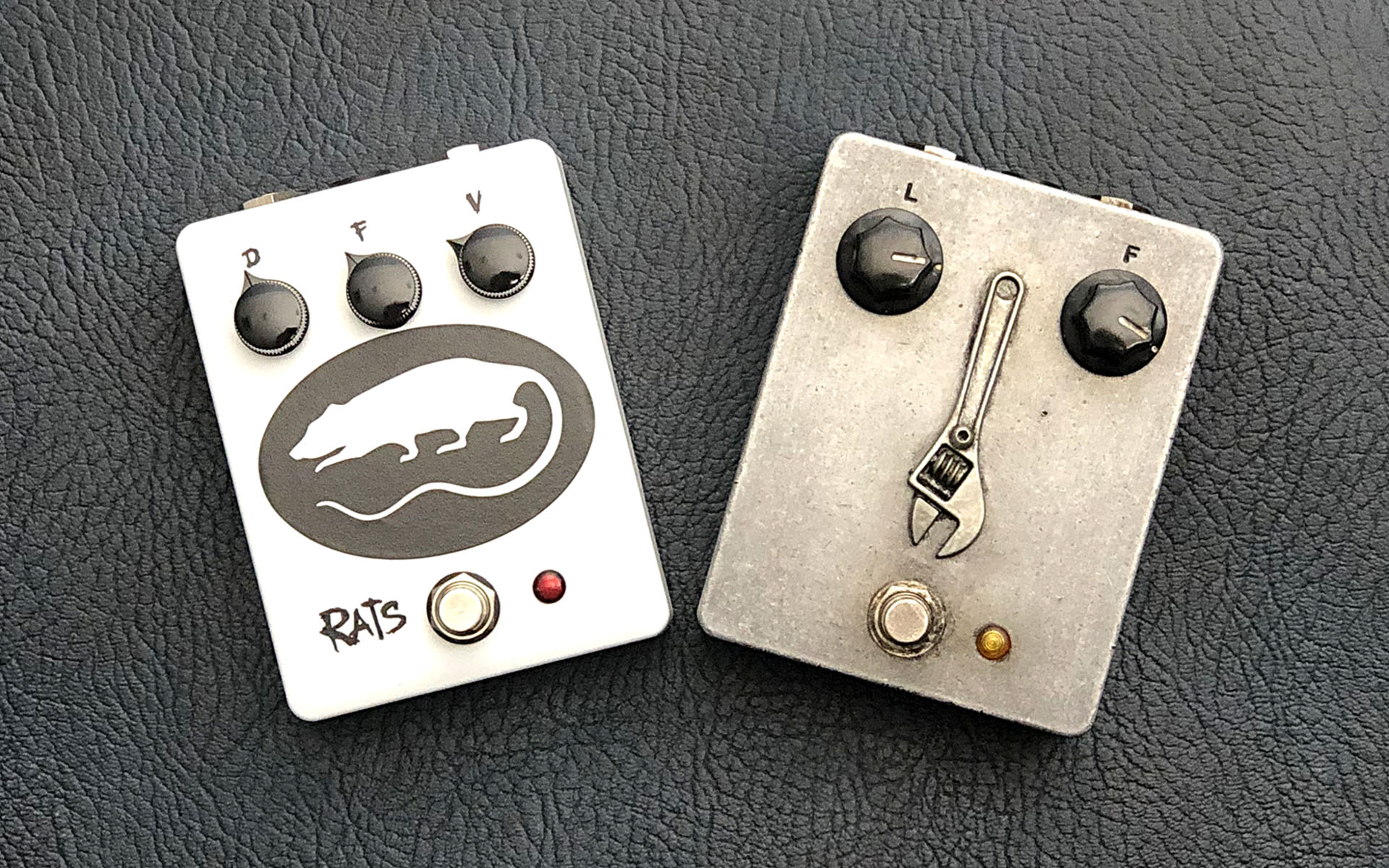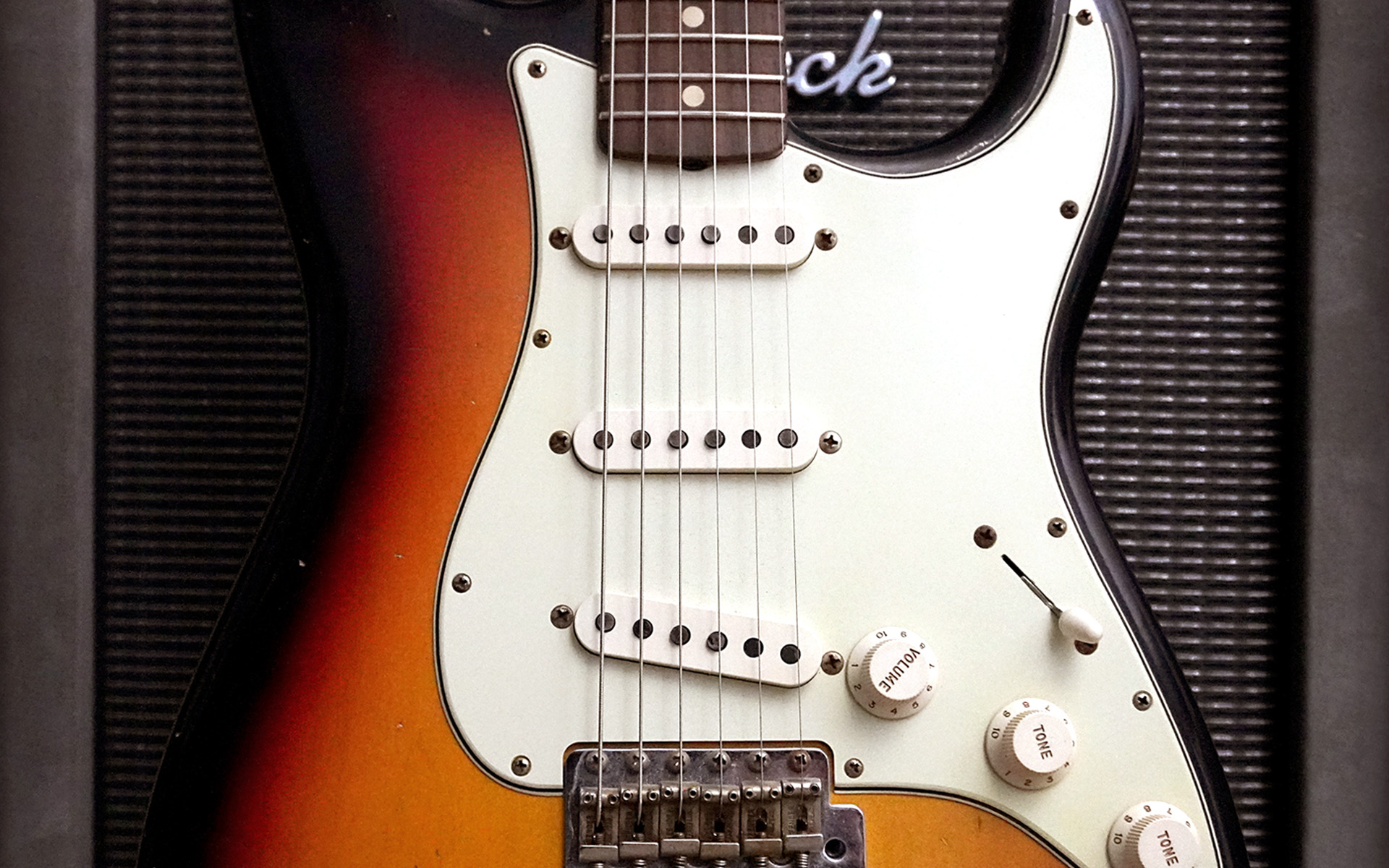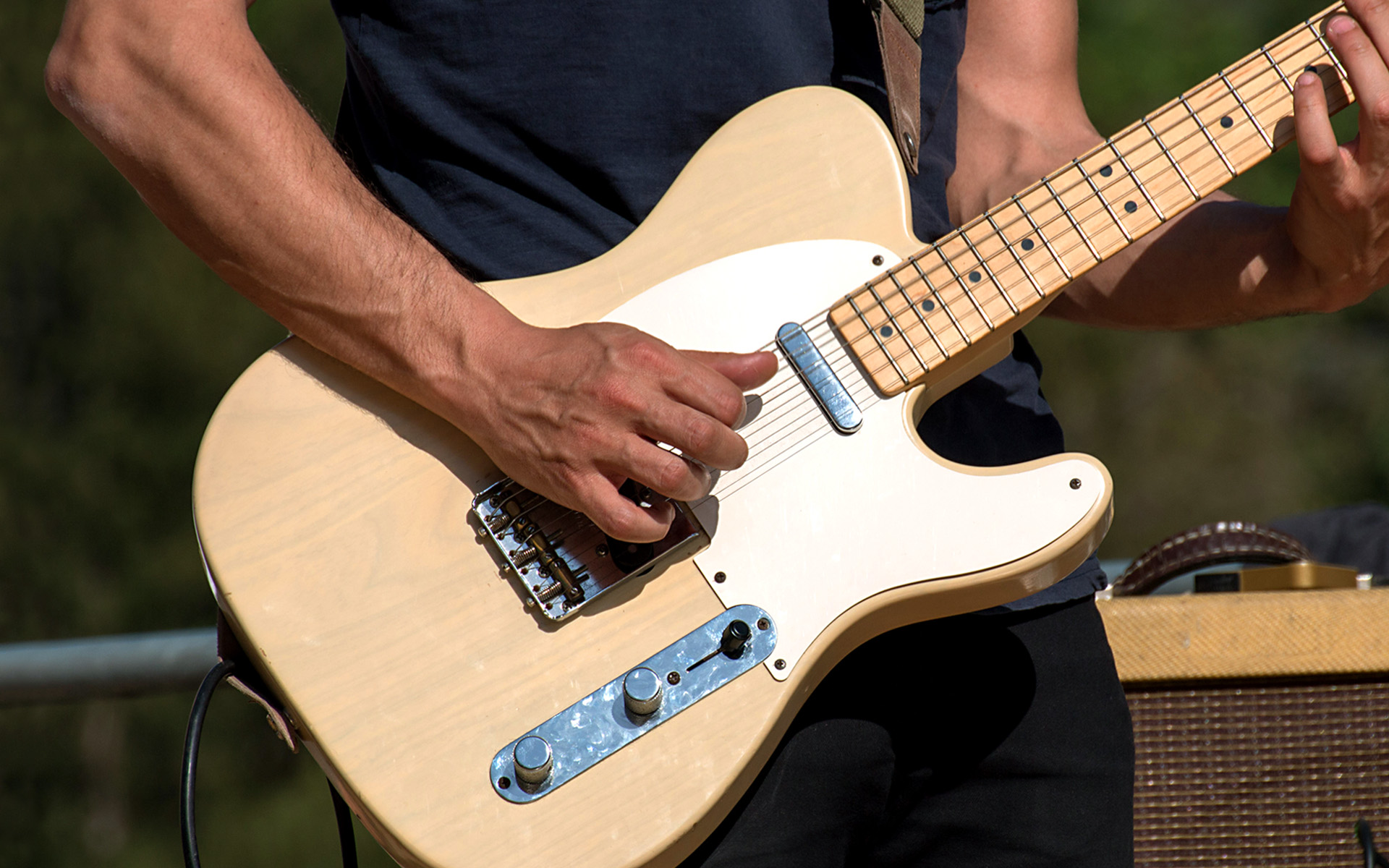In this 12-part video series, Berklee Online course author Amanda Monaco teaches you the fundamentals of intermediate guitar, beginning with how to play a minor pentatonic scale starting on the b3. This is a continuation of the scale you’re likely already familiar with, the minor pentatonic from the root. Minor pentatonic from the b3 can also be called major pentatonic.
In this next video, Amanda teaches you how to play a minor pentatonic scale starting on the b7. She reviews the notes of the minor pentatonic scale in root position, and then proceeds to show you the fingering for the scale starting on the b7.
In this third video, Amanda teaches you how to improvise with the major scale. She teaches you the C Major scale on the high “E” string and the “B,” then shows you how to create melodies using the major scale on only one string.
Amanda teaches you how to play a C minor pentatonic scale on one string in this video. She explains how the minor pentatonic is comprised of only minor 3rds and whole steps, and she explains how to play these intervals on one string to create the scale. She then encourages you to improvise with the scale.
Amanda teaches you how to play the major scale in different keys, and shows you a familiar major scale fingering starting on the low “E” string.
LEARN GUITAR WITH BERKLEE ONLINE
Amanda then explains how you can move the fingering to play the major scale in different keys. She starts in G major, then plays A major, C major, and D Major. She also explains how to alternate pick the scales.
In this video, Amanda teaches you about intervals and arpeggios. First, she explains what intervals are, how they work in the context of chords, and how to play them on multiple string sets. Then, she explains the difference between arpeggios and chords, which string sets they are played on, and how to use them in your playing.
Major triad arpeggios are the topic of this next video. Amanda shows you major arpeggios shapes across all string sets by playing C major, F major, A major, and D major arpeggios.
In this next video, Amanda teaches you about minor triad arpeggios. She shows you the intervals of a minor arpeggio, and then different shapes for the arpeggios across all string sets.
Amanda discusses diminished triad arpeggios in this next video. She shows you the intervals of a diminished arpeggio, and then different shapes for the arpeggios across all string sets. She also explains how diminished arpeggios are used and how you can incorporate them into your playing.
In this video, Amanda teaches you about augmented triad arpeggios. She shows you the intervals of an augmented arpeggios and how they function in music. As with the other arpeggio videos, she shows you fingers across all string sets for multiple augmented arpeggios.
Amanda talks about the common chord progressions I-IV-V and I-V-IV in the key of G. She explains how the chords are taken from the scale, and then shows how to play the progression in open position and with barre chords.
In this final video, Amanda talks about the chord progressions I-VI-VI-V and I-VI-II-V in the key of G. These progressions are common in music from the the doo wop era. She explains how the chords are taken from the scale, and then shows how to play the progression in open position and with barre chords.





